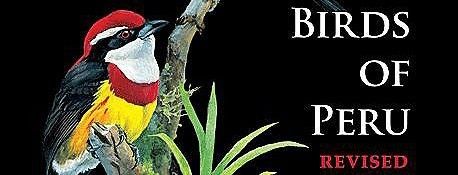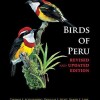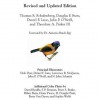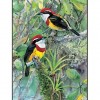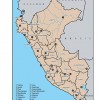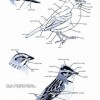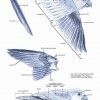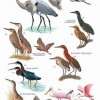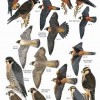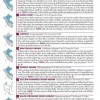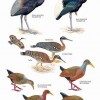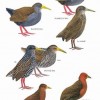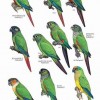Birds of Peru is a beautiful identification field guide with more than 300 color plates showing all the species of birds known from Peru. It presents descriptions, distribution maps, and information on the vocalizations of almost all species. Nevertheless, this extremely important work is not the end of exploration and investigation on the birds of Peru, because there still exist many unexplored and unknown areas in a country that is complex and full of surprises.
This volume is a collaborative product combining the efforts of John P. O’Neill, Thomas S. Schulenberg, Douglas F. Stotz, Daniel F. Lane, Larry B. McQueen, and the late Theodore A. Parker III. The detailed color plates are the work of various artists, and in them one sees the artistic influence of John O’Neill, who provided the basis for many directly from his fieldwork.
Birds of Peru is one of the best bird books that has been published for any region of the world and is an invaluable contribution to avian conservation (especially of rare and endemic species), to ecotourism, to bird tourism, and to the pleasure of those who appreciate observing these marvelous, feathered creatures. It will be an inspiration for dozens of Peruvian ornithologists who are participating in the conservation of biodiversity and in the development of new directions for ecotourism in Peru. The authors, and especially John O’Neill, deserve the recognition of all Peruvians for putting such a valuable volume into our hands.
Introduction "Birds of Peru" (extract from the book)
Peru is one of the richest countries in the world for birds, with 1,800 species. This book is a guide to the field identification of all birds recorded in Peru and in offshore waters within 200 nautical miles of the Peruvian coast. A field guide can take many forms. We have endeavored to “stick to the basics” and include only information directly relevant to identification. Our intention was to produce a guide that was complete and accurate, yet sufficiently small and portable to be carried close at hand during long days afield. Consequently, we have had to jettison, often with great reluctance, much additional information on the distribution and natural history of each species. Additional material on the birds of Peru that did not fit within the covers of this field guide will be incorporated into future publications.
This book includes all species reported from Peru through May 2004, based on specimens in natural history museums, literature records, and unpublished sight records, tape recordings, and photographs. We exclude a few species, often attributed in the literature to Peru, for which we have been unable to confirm a valid record for the country. We have been relatively generous in including species reported from Peru only from sight records, including some species on the basis of records that have not been published previously. We encourage anyone who observes a species not previously known from Peru, or known from Peru only on the basis of sight records, to document such records as thoroughly as possible with specimens (with Peruvian governmental authorization), or with photographs, tape recordings, and field sketches and notes, and to publish these records and the supporting evidence.
The classification and nomenclature of birds is under constant review. This affects how many species to recognize for Peru (in other words, whether to “split” or to “lump” geographic varieties into more or fewer species, respectively), the families to which various genera belong, and the sequence of families. We largely follow the classification and nomenclature of the South American Classification Committee.


